
Fast read
A residence can produce hot water in a number of ways, each with advantages and disadvantages. An electric hot water tank is one possibility; however, it might be tiny and expensive to operate.
An additional choice is a bigger electric hot water tank that runs on off-peak electricity and can be connected to solar panels to cut expenses and emissions. A third choice is an instantaneous gas hot water unit, which is small and compact but needs a gas connection to heat water as it is used.
A heat pump hot water system is a fourth choice; it uses electricity to move heat from the air or the earth to heat the water, but it works best when coupled with renewable energy sources. Last but not least, a solar hot water system heats water using solar energy and is a sustainable, economical choice.
What are the different types of hot water systems on the market?
Generating hot water is one of the most energy-intensive activities of a household. So let’s have a look at the different hot water systems on the market so we can also assist you in keeping your energy bill down and help reduce CO2 in the atmosphere.
1. 80-litre electric hot water tank
This technology works like a large hot water kettle and will draw electricity every few hours. The tank uses an electric element to heat the water. It is usually connected to a standard meter, which means you pay the standard electricity rate to heat the water.
Verdict
An expensive way to make hot water with a limited opportunity to replace this technology. This is because there is no suitable alternative on the market so far.
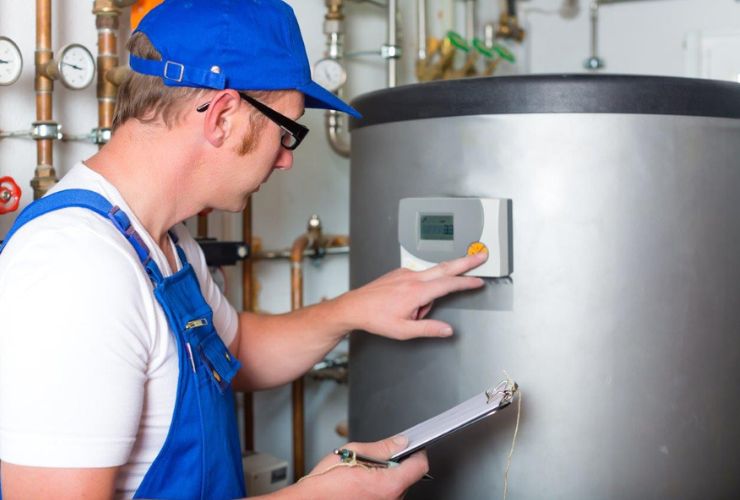
2. Larger electric hot water tank
Many older homes have these tanks on the site of the house. They are the same technology as the smaller 80-litre tank and usually feature two heating elements but usually hold 250, 315, or 400 litres.
Depending on the size of the tank, such a setup can consume around ten kW/h of electricity per day.
Verdict
This technology can be one of the cheapest and most environmentally friendly ways to make hot water. Expect the tank to last approximately ten years. After five years, replacing the sacrificial anode in the tank will prolong tank life.
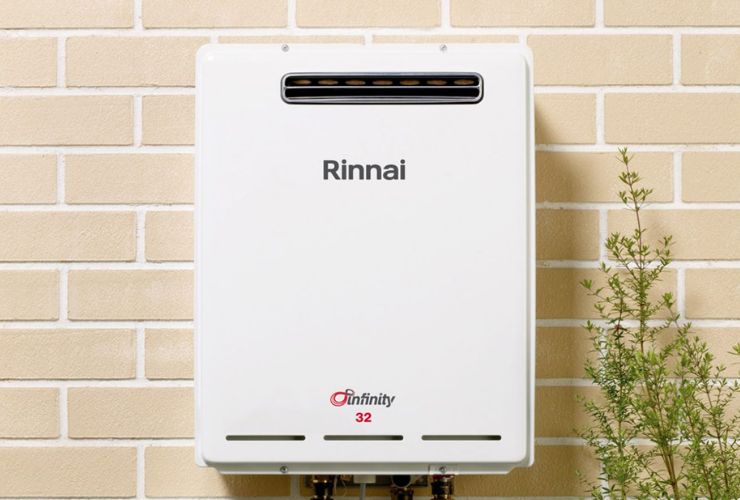
3. Instantaneous gas hot water systems
On the side of many modern houses and next to the balcony on flats, you might have noticed a small box the size of a briefcase. These are instantaneous gas hot water units.
They have the advantage that they are compact and not much more expensive to install a large hot water tank. Their other advantage is that you never run out of hot water; they heat the cold water as it travels through the compact unit.
These units have been around for at least two decades and are robust and long-lasting. They come in many brands and have different sizes, depending on how many litres one can heat per minute.
Their running costs are reasonable, and around $200 of gas will keep a family of four with hot water for three month.
Verdict
While compact and reliable, due to the gas’s environmental impact, instantaneous hot gas water units might fall victim to Government regulations in years to come.
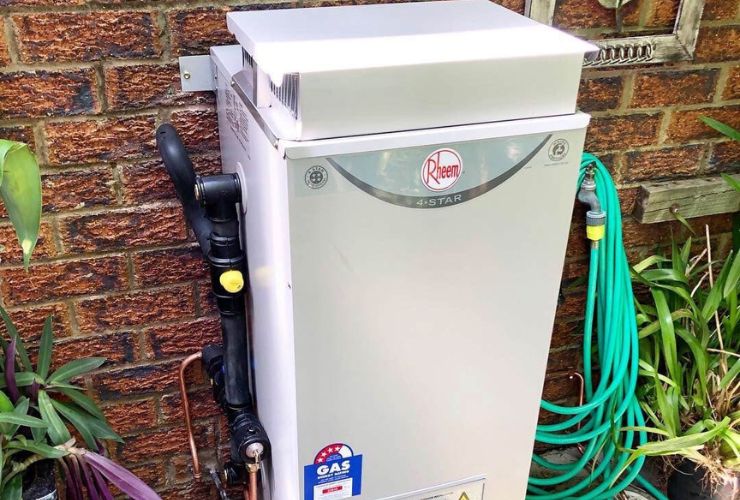
4. Gas-heated storage tank
Certain homes feature a storage tank located on the side of the house, heating it using gas rather than electricity. Usually, below the tank is a small flame that preheats the water, and when the water temperature falls below a certain pre-set degree, the unit fires up and heats the water to the desired temperature. It is similar to an electric hot water storage tank – but uses gas instead of electricity to heat the water.
Verdict
This technology has two distinct disadvantages. Initially, it consumes a substantial amount of gas throughout the day by consistently heating 250 to 400 litres of water and keeping it on standby. With the most recent increases in gas prices, such units are expensive to run.
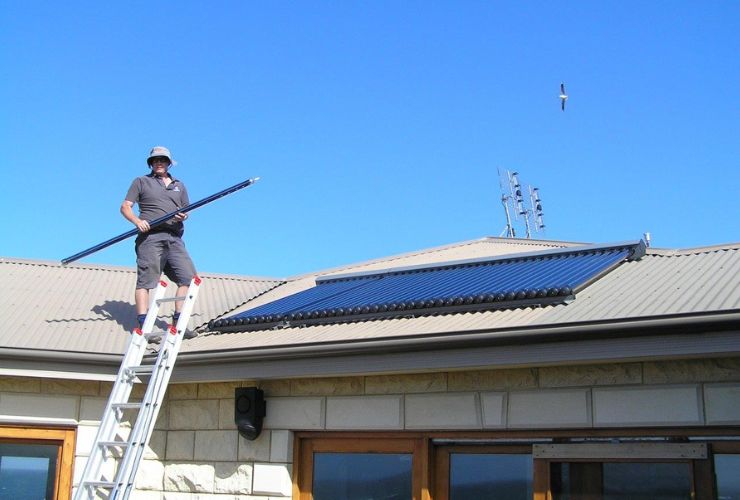
5. Rooftop solar hot water systems
The technology to make hot water from the sun is decades old, efficient, and reliable. A collector is placed on the roof, and this collector has pipes running throughout, and the sun’s heat slowly heats the water in the pipes. A tank is placed above the collectors. As hot water is lighter than cold water, the heated water gets collected in the tank, and cold water enters the pipe system to be heated and then moved into the tank.
The collectors can be squarish and made of metal or evacuated glass tubes. The tank often has an electric booster in case of prolonged rain or overcast days so the household does not miss out on hot water.
In areas that in winter can fall below zero, conventional solar hot water systems will fail. This is because the water will freeze in the pipes, expand, and burst them. In such a climate, solar hot water will work with a frost-protected glycol solution running through the pipes and a heat exchange unit transferring the fluid’s heat into the water.
Verdict
While reliable, long-lasting, and cheap, solar hot water units can cost you more than $4,000 to $5,000 for a fully installed team. So the future running cost savings are taken up via the initial high purchasing cost.
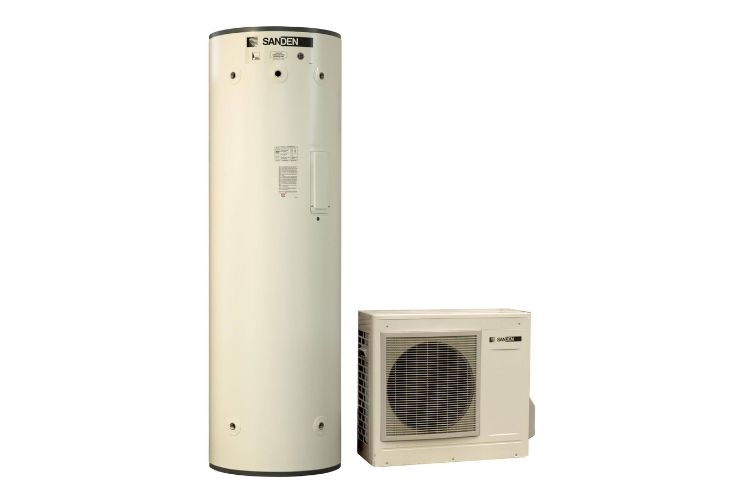
6. Heat pump and storage tank
The latest technology combines a heat pump and storage tank. A heat pump works like a fridge in reverse, whereby the temperature in the atmosphere is used to heat water, and then this hot water is stored in a tank.
The hot water in the tank is then available for use in the home, such as showers and cleaning. Heat pumps can be connected to a solar system, so only the excess solar electricity not used in the house generates the hot water. This keeps the running cost of such technology low.
Verdict
A top-of-the-line heat pump and storage tank can set you back $4000 – $5000, similar to a solar hot water system.
You can expect around ten years plus life from the unit – similar to a hot water storage tank system.
So what are the most cost-effective and environmentally friendly hot water solutions?
If you have an extensive solar system, try utilising the excess power you generate daily to make hot water. You can achieve this by sending this spare renewable electricity into your standard hot water tank. That way, the hot water tank operates like a battery, absorbing the excess electricity you generate and turning it into environmentally friendly cheap hot water.
To do this without even the help of a diverter unit is to simply put the hot water tank on a time and have it switched on between 11 a.m. and 3.30 p.m. to heat the tank. At that time of the day, a solar system produces the most electricity and is most likely to send excess electricity to the grid.
Alternatively, install a particular diverter device and send all the excess feed-in-tariff electricity to the electric hot water tank.
The second most preferred way would be the heat pump and tank, followed by the older style rooftop solar unit in number three. Finally, if you have a gas storage unit, replace it with instantaneous hot water – or any of the three solutions outlined above.